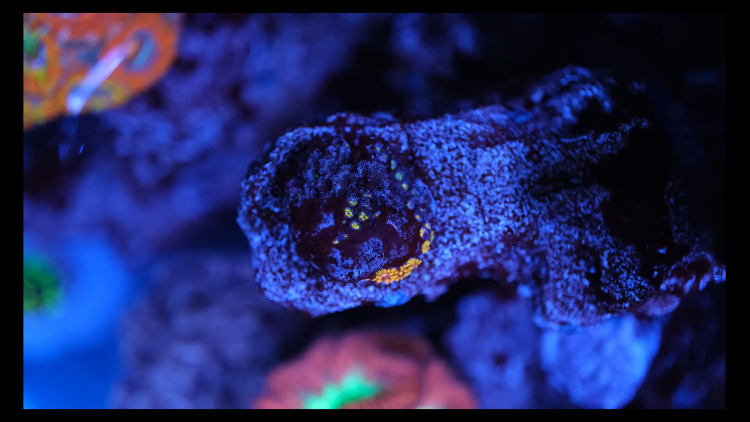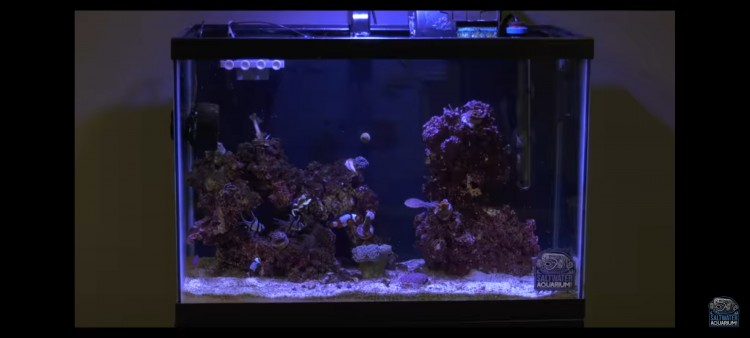Top 5 Reasons LPS Corals Die
- Feb 17, 2024
- Anshika Mishra
- 115 0 0

If you search online for help on why your corals are dying, all too often, the response will be that you should start by upgrading your LEDs, dosing various randomly selected trace elements, or pouring in coral food. While it can sound far sexier to fix your problems by buying good bacteria, phytoplankton, or amino acids, the reality is that ensuring you have got the basics right will fix 99% of all the problems with your corals.
Here, we are discussing the top five reasons why LPS corals can die in your tank:
Magnesium Deficiency
LPS corals often prefer elevated magnesium levels, somewhere around 1350 parts per million or above. Whenever my magnesium dipped too far below that level, the LPS corals can start sulking.
Retracted polyps are common when magnesium is low or fading in the case of more meaty corals.
It's easy to take your eye on magnesium and be complacent if your results don't change for several weeks. But it's an excellent place to start.
Coral Eating Shrimp
You often add shrimps in the tank to get rid of Aptasia and other issues that can hurt or even munch on your LPS coral. Cleaner shrimps can also steal food from your coral, resulting in some level of tissue damage, especially with hammer corals.
However, coral-eating fish are more likely to be a problem. So, watch out for fishes like Foxface and certain Tangs going into vogue.
Coral Warfare
LPS corals are much more aggressive than SPS corals, and they don't need to ask twice to send out stinging sweeper tentacles. And since corals get reclassified occasionally, it's not always possible to keep corals that you think are of the same genus next to each other.
Too Much Light
Your PAR should not exceed 150, which is ideal for an LPS tank. Anytime your LPS corals struggle, they always appreciate being moved to a lower light spot.
And if you are ever in doubt about LPS corals and light, less is more.
High and Low Salinity
In most tanks, LPS suffers due to salinity issues. Therefore, it should be the first thing you check when any of your corals sulk. A spike in salinity up from 35 parts per thousand to 38 parts per thousand can kill your corals and leave many on the edge of death.
While salinity will cause similar symptoms to other causes on the list, the most extreme reactions are always down to salinity. And it is one thing that kills corals faster than anything else.






About author